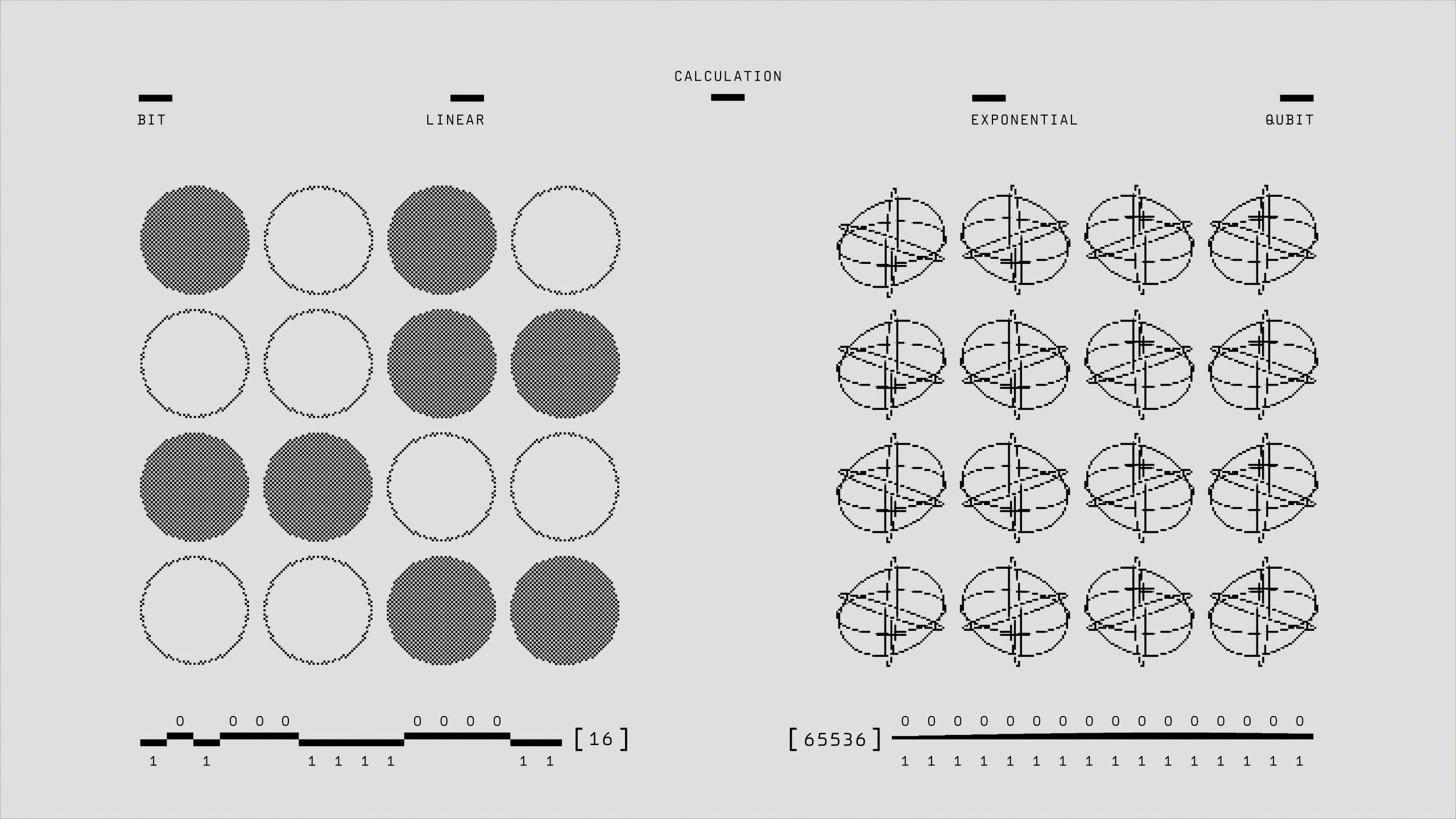From a simple machine to a complex computer on wheels
It’s hard to imagine a world without automobiles. These machines have become an integral part of our daily lives, providing transportation, convenience, and even status. But have you ever stopped to think about how far cars have come from their humble beginnings? From a simple machine with four wheels and an engine, cars have evolved into complex computers on wheels, with advanced technology and features that were once thought to be impossible. In this article, we’ll take a closer look at the transformation of cars from a simple invention to a complex computer on wheels.
The Birth of the Modern Car
The concept of a car dates back to the 19th century when inventors across the world were toying with the idea of a self-propelled vehicle. However, it wasn’t until 1886 that Karl Benz from Germany unveiled the first gasoline-powered automobile. It had a simple three-wheeled design and could reach a top speed of 10 miles per hour.
Soon after, other pioneers like Henry Ford, Gottlieb Daimler, and Wilhelm Maybach joined the race to produce a reliable and affordable mode of transportation. By the early 20th century, cars were becoming more common, but they were still considered a luxury item and were mostly used by the wealthy.
The Introduction of Mass Production
In 1913, Henry Ford revolutionized the car industry by introducing the assembly line. This innovation enabled the mass production of cars, making them more affordable for the general public. Suddenly, owning a car was no longer a privilege reserved for the rich. The Model T, Ford’s most famous creation, sold over 15 million units in just 20 years, cementing its position as the first mass-produced car.
The assembly line also paved the way for technological advancements, such as interchangeable parts, which allowed for faster and more efficient production. As a result, cars became more reliable and easier to manufacture.
The Rise of Automation
As we entered the 21st century, cars were no longer just a means of transportation. They had become an essential part of our daily lives, and technology was being integrated into every aspect of the automotive industry. The introduction of automation in cars brought a whole new level of convenience and safety.
From automatic transmission and power steering to cruise control and airbags, cars were becoming smarter and more user-friendly. With the advent of electronic fuel injection, engines became more efficient, reducing emissions and improving fuel economy.
The Era of the Driverless Car
The ultimate goal of car manufacturers is to produce a fully autonomous vehicle – a car that can operate without any human intervention. Today, we’re already seeing the early stages of this technology with features like self-parking, adaptive cruise control, and lane departure warning systems.
Companies like Tesla, Google, and Uber are leading the race towards fully autonomous cars, with some already conducting tests on public roads. These cars use sensors, cameras, and advanced algorithms to navigate and make decisions on the road.
The Future of Cars
The evolution of cars from a simple machine to a complex computer on wheels has been nothing short of remarkable. And this is just the beginning. The future holds even more exciting advancements, such as smart roads that can communicate with cars, or even flying cars, which seemed like a distant dream just a few decades ago.
As we continue to develop and embrace new technologies, who knows what the cars of tomorrow will be capable of? But one thing is for sure – they will continue to push the boundaries of innovation and change the way we view transportation.
In Conclusion
From the first gasoline-powered car to the potential driverless vehicles of the future, cars have come a long way. They have not only made our lives easier but have also been the driving force behind technological innovations. And as we look towards the future, it’s safe to say that the transformation of cars is far from over. Who knows what other surprises and advancements the automotive industry has in store for us?










